Intensive coalition surveillance efforts were able to confirm that another group of Islamic State terrorists had established themselves in a cave network in the Makhmur mountains of northern Iraq.
British Typhoons were therefore tasked with the destruction of this terrorist base on Wednesday the 24th of June.
The RAF say that after the usual precautionary check of the area for civilians, the aircraft attacked with four Paveway IVs, all of which struck their targets successfully.
Background on Operation Shader
The Ministry of Defence say that since liberating the last territory held by Daesh, in March 2019, the RAF has flown daily armed reconnaissance patrols to “prevent the violent extremists from re-establishing footholds in Iraq or Syria”.
The Ministry of Defence also advise that precision strikes result from the “patient and methodical production of actionable intelligence”, and are “only conducted after thorough surveillance of the target and surrounding area for any signs of civilians, ensuring they are not placed at risk”.
This section is intended to provide a bit of background on British efforts in the region and if you’ve read it before, please remember others may not have.
In September last year, the Ministry of Defence had announced that over 1,000 personnel were engaged in theatre and that the Royal Air Force had conducted around 1,000 airstrikes, flying over 2,800 sorties, killing over 3,000 Islamic State fighters.
Last year, it was reported that the Royal Air Force was operating at its most intense for 25 years in a single theatre of operation which far outstripped the UK involvement in Iraq and Afghanistan – RAF jets have dropped 11 times more bombs (1,276 strikes) on Syria and Iraq in the preceding 12 months than they had in the busiest year of action in Afghanistan a decade previously.


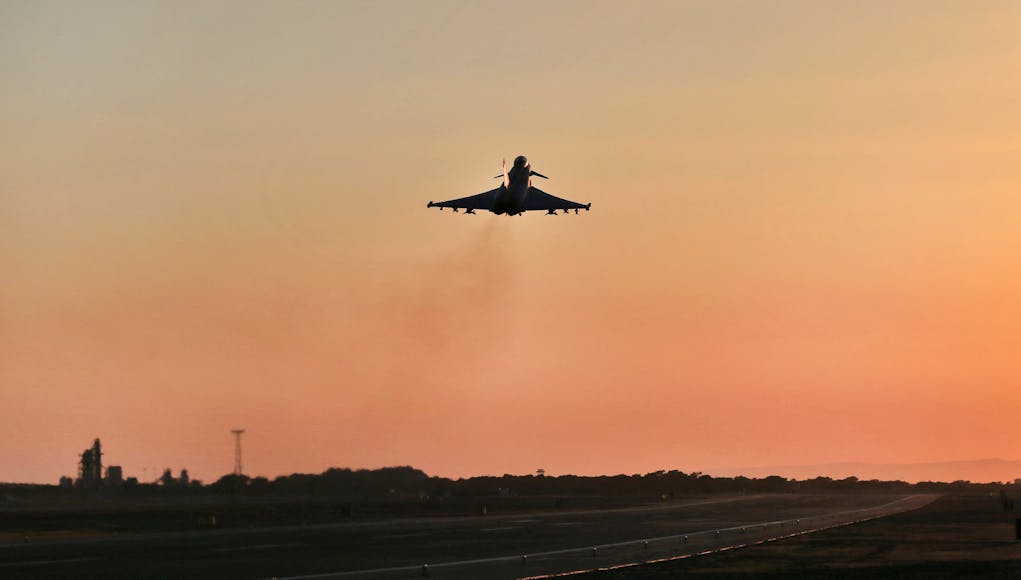
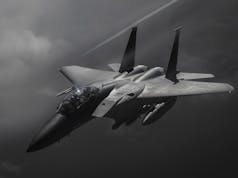

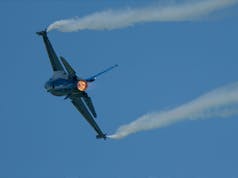

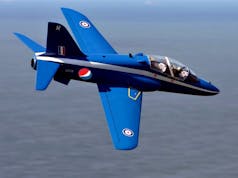
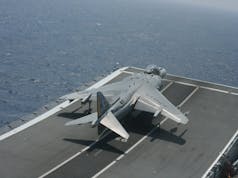










Best bomber of caves.
Bomb’s passed their due by date? Maybe its cheaper than disposing of them humanely.
This should be useful for future RAF operations.
The UK Royal Air Force (RAF) plans to trial the use of an Airbus Voyager tanker-transport aircraft as an airborne information node for multidomain operations.
https://www.janes.com/defence-news/news-detail/raf-reveals-information-node-plan-for-voyager-tanker-transport-aircraft
A sad side effect is that caves often house hidden architectural treasures and also provide unique habitat for bats and other species of bird, mammals and reptile
We have seen what ISIS do with architectural treasure (Palmyra in Syria) or what the Taliban did in Afghanistan (Buddhas of Bamyan), so actually these cave bombings help preserve architectural treasures :p
If ISIS are living in those caves, it’s probably safe to say any animals previously living there vacated the premises
I’d rather have dead terrorists than hidden architectural treasures aforementioned terrorists most likely destroyed in the first place because Allah, and some bats.
Caves are having caves now, eh? The miracles of modern science! But did anyone think to notify Cave Johnson?